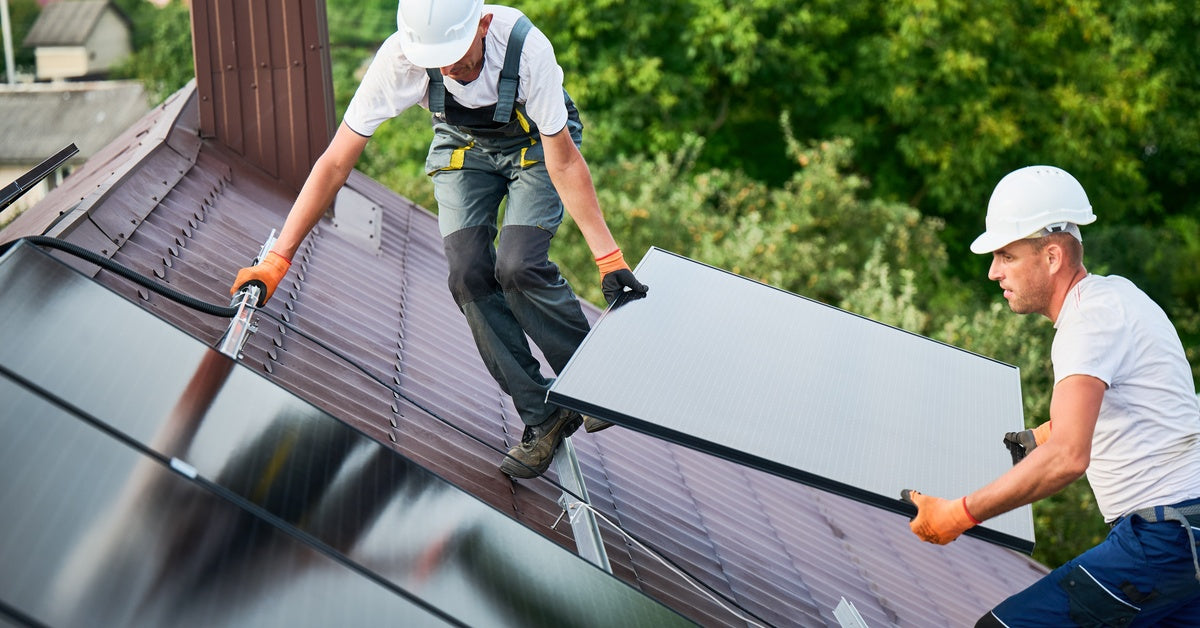Switching to solar energy feels like a big win—for your wallet and the planet. But once you decide to make the leap, a common question pops up fast: how long will it take to get those solar panels up and running? After all, nobody enjoys waiting, especially when there are savings on energy bills and a reduced carbon footprint on the line.
Installing solar panels takes a bit more time than snapping your fingers, though. There are several steps to cover, like designing the system, getting permits, and working with your utility company. The exact timeline can depend on things like where you live, the specific setup you need, and even the time of year. That might sound like a lot, but don’t worry—we’re breaking it all down so it’s easy to understand.
This post will walk you through every step of the process and give you realistic expectations for how long each phase might take. By the end, you’ll be ready to move forward with confidence, knowing exactly what to expect as you head into your solar-powered future.
Understanding the Solar Panel Installation Timeline
A High-Level Overview of the Steps
Installing solar panels isn’t exactly a “plug-and-play” process, though it’s also not as complicated as some might think. It’s a series of manageable steps that start with getting to know your home’s energy needs and ends with flipping the switch to solar power.
It usually begins with a consultation and a site assessment. After all, not every roof is solar-ready, so a professional needs to check things like the angle of your roof, possible shading from trees, and how much energy your household actually uses.
Next, your solar installer gets to work designing a system tailored just for you. They figure out how many panels you’ll need and where they’ll fit best on your roof. Then come the permits. Yes, paperwork might not be thrilling, but it’s a key part of the process to make sure everything adheres to local codes.
Once the green light from permits arrives, installation day is here. This part is quicker than most people expect, with a crew carefully mounting your panels and getting the wiring in place.
Finally, things wrap up with inspections and commissioning. Think of this like a doctor’s check-up for your solar system to confirm everything is running smoothly before you’re good to go.
Average Timeline for Each Phase
The initial consultation and design phase generally takes between one and three weeks. You and your solar panel kit supplier will map out a system that fits your energy needs and your home’s layout.
Permitting is where things can stretch out a bit. Depending on where you live, you might see this take between two and eight weeks. Areas with higher demand for solar installations or slower local processing times can drag things out longer.
When the actual installation begins, things really pick up. Crews are in and out within one to three days, depending on the size and complexity of your system. It’s kind of fun to watch your roof transform into a mini power plant in such a short time.
Lastly, inspections and activation wrap things up over one to three weeks. Your utility company will need to give the final go-ahead, so this phase can vary depending on how quickly they process approvals. Once you get permission to operate, you’re officially a solar energy user!

Factors That Influence the Duration
Local Regulations and Permits
Permits. That one word can either breeze by or feel like a time-sink. How quickly they’re processed depends a lot on where you live. Some cities have embraced solar and have streamlined online systems, while others are still locked in slower, more tedious processes.
Homeowners’ associations (HOAs) also play a role if you live in a community governed by one. They might have guidelines around aesthetics, like making sure panels blend in with the roof design. If your HOA has a lot of hoops to jump through, it can add extra time to the process.
Type and Size of the System
A straightforward system for a small home can move along pretty quickly. But if you’re looking for a fully decked-out setup with a ton of panels or even battery storage, expect extra time. Larger systems require more detailed designs and a longer installation session.
If your roof has an awkward shape or partial shading from nearby trees, installers might need to come up with creative solutions. It takes a little more time, but tailoring your system to work with your unique roof and energy needs is always worth it in the end.
Utility Company Coordination
After your panels are installed, you’ll need your utility company’s permission to start using them. How long this takes depends entirely on your utility provider.
Some companies handle this quickly, processing approvals in a matter of days. Others might hit you with a longer wait if they require additional inspections or have heavy workloads.

Tips To Speed Up the Installation Process
Want to save yourself some headaches and keep things moving?
Get Organized
Having documents like proof of homeownership and property details ready ahead of time makes it easy to breeze through the permitting phase.
Opt for a Well-Reviewed Installer
Reputable teams know how to run efficient projects and are often better connected with local officials and utility companies. Don’t hesitate to ask your chosen installer about strategies they’ve used to overcome common delays.
Communicate!
Stay in touch with your installer, ask clear questions, and check in on milestones to help avoid last-minute surprises.
Invest in Solar Today!
Taking the leap into solar power is about more than just cutting electricity bills. Imagine checking your meter on a sunny day and knowing the energy coursing through your home comes directly from the sun. That kind of connection to your power source makes a big impact; it’s a choice that contributes to a cleaner planet and a more independent energy future.
Yes, there are steps involved in installing solar panels, and how long it takes depends on factors unique to you. But by the time your panels are up and running, those initial weeks and months start feeling like a small part of a much bigger story.
If you’re curious about solar, now’s the time to take the next step. Jot down your questions, connect with us at Portable Sun, and start exploring what’s possible for your home. Who knows? Six months from now, you could be marveling at how you waited this long to make the switch.
Disclaimer: The content on Portable Sun is for informational purposes only. Electrical work can be dangerous—always consult a qualified professional. We are not liable for any injuries, damages, or losses from installation or use. Always follow local regulations and safety guidelines when handling electrical components.

